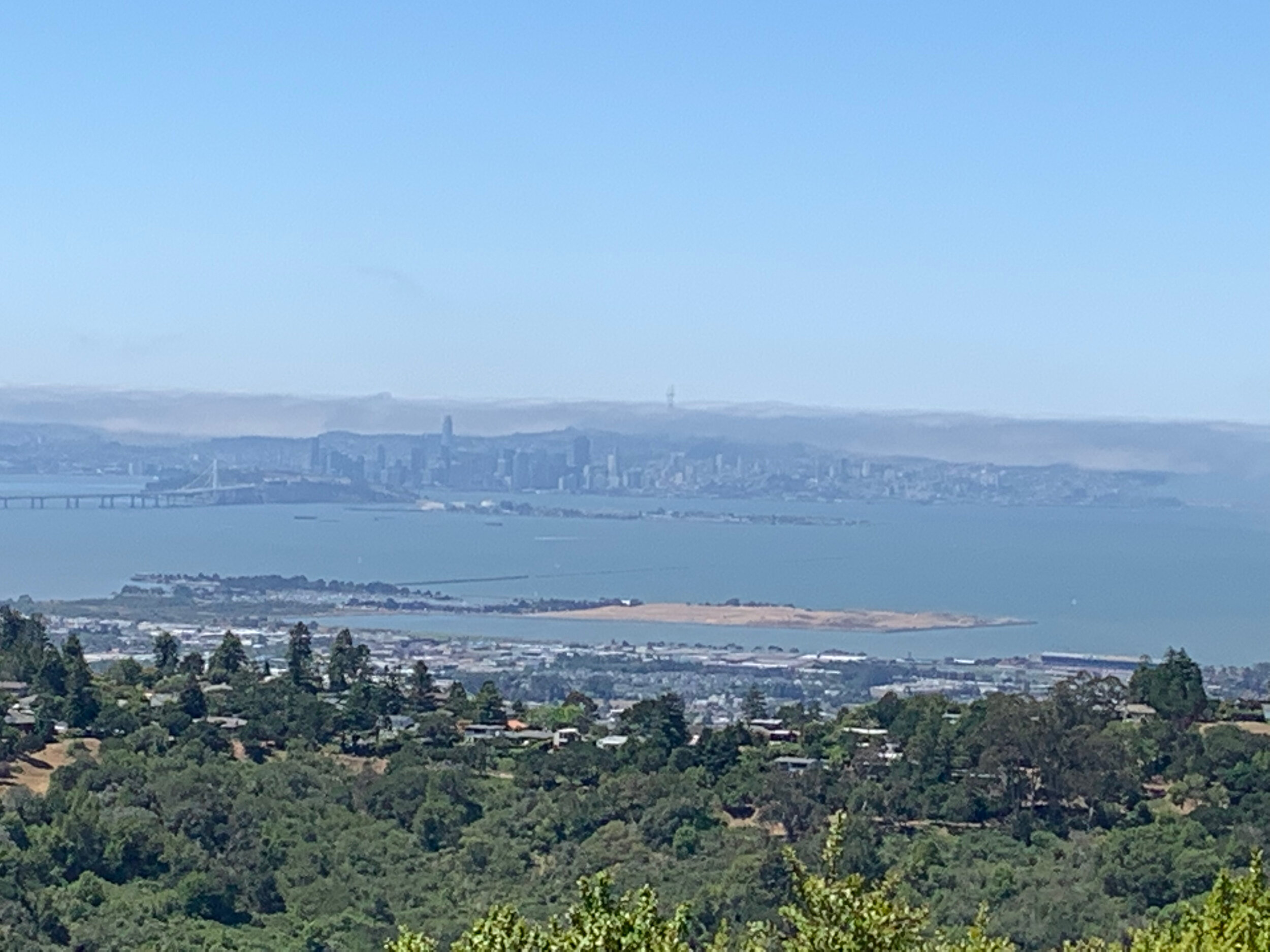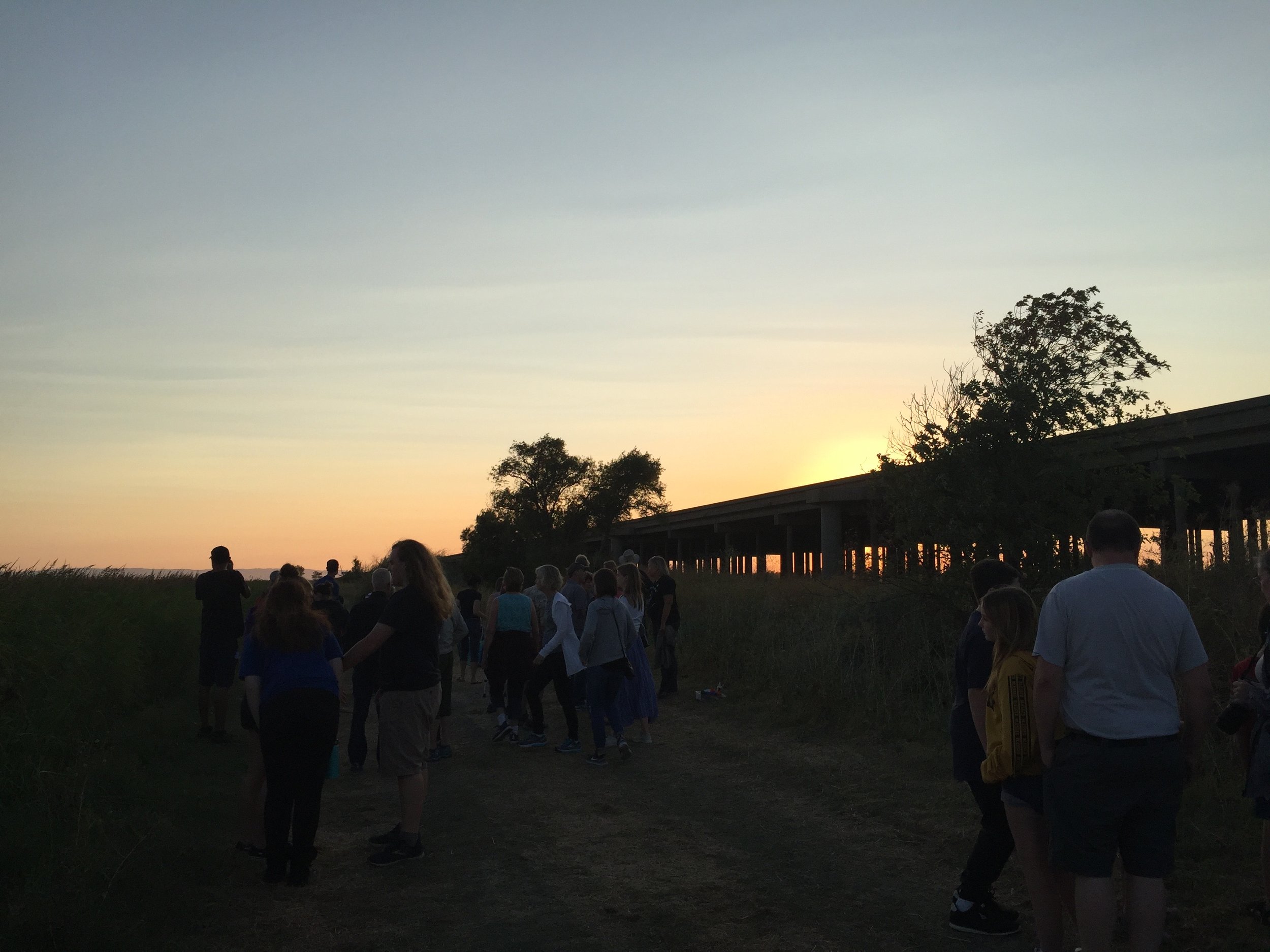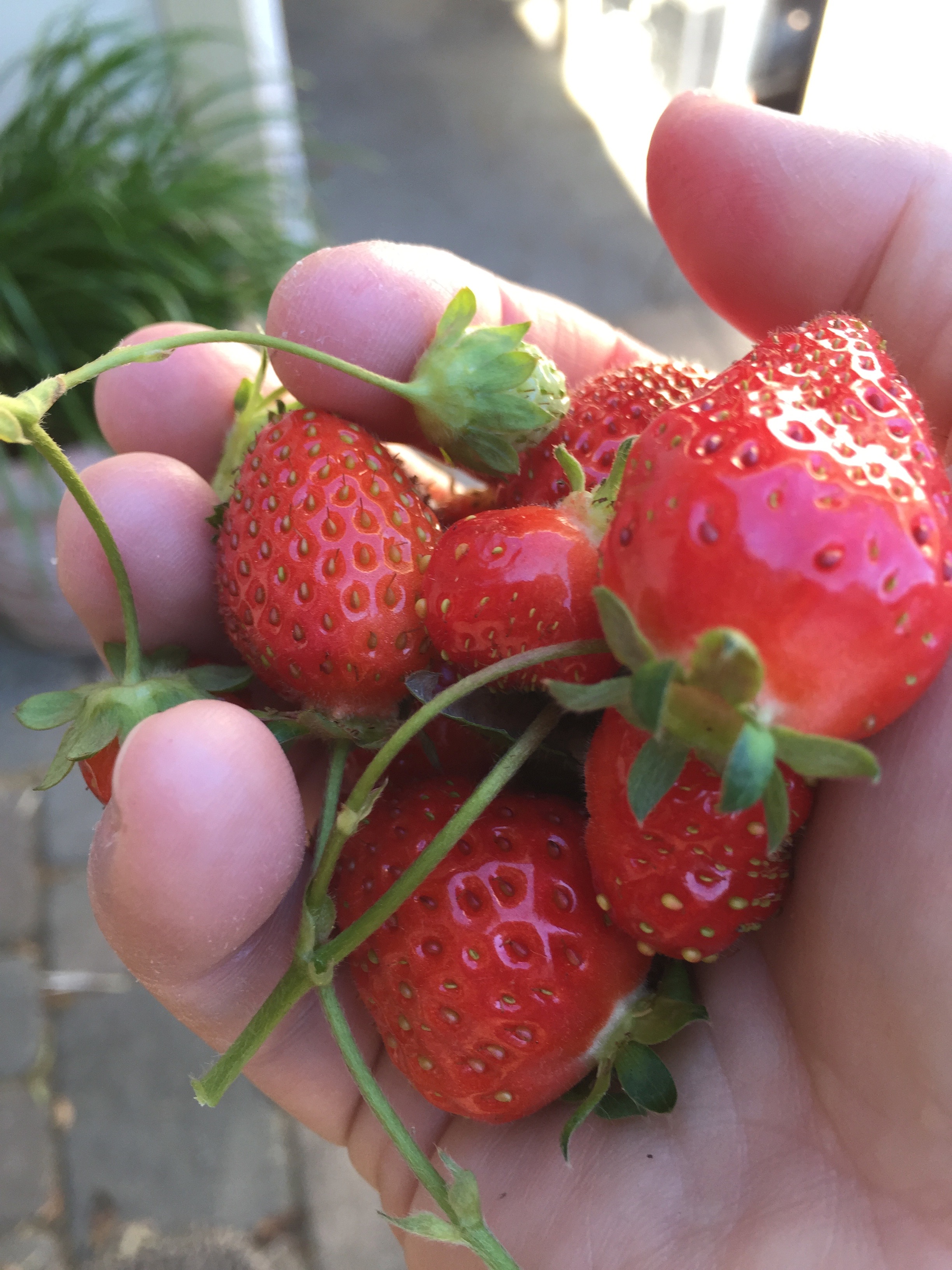On Sunday, Tom baked apple pie to take to a family dinner. The apples came from one of our trees as well as a friend’s tree, so we had two different apple varieties. The pie was a hit, of course, and the best thing was that Tom baked TWO, so we have pie for dessert this whole week, hooray!
Last night, before pie (B.P.), we ate a dinner of pasta with yet another batch of homemade pomodoro sauce (the tomatoes just keep coming from the school garden). We were patting ourselves on the back because it felt like a real ‘farm to table’ dinner; the tomatoes, basil, garlic, and apples were all from our garden or nearby gardens. We felt sustainable and smug.
But then we dug deeper, and it became clear that we really had no business being smug. Let’s go through all of the ingredients, one by one, and see how our food miles stack up for this meal of pasta pomodoro and apple pie with vanilla ice cream. You may think I’ve been overly generous with the ‘grades,’ or overly harsh. Comments will be read with interest.
All produce (tomatoes, basil, garlic, apples): From our property or from within 10 miles, all from gardens we know and love well, and that are organic and regenerative. Grade: A
Olive oil: We get olive oil from a local CSA called Fat Gold. If we need extra before our next shipment, we buy 100% Californian olive oil. Grade: A-
Pasta: DeCecco, imported from Italy through a New York company. Grade: F
Parmesan Cheese: made by an organic CA dairy using raw milk. Grade: A-
Salt: We buy Redmond salt in bulk from Utah. Grade: C
All-Purpose Flour: King Arthur, processed in either Vermont or Washington with wheat from the middle of the country. Good company with all the right ideas on their website (committed to Environmental Stewardship, Food Justice, Community, Small Farmers) but still, nowhere near CA, and probably conventionally grown. Grade: D
Butter: made by an organic CA dairy. Grade: A-
Crisco: I mean, do we even have to deliberate? Who cares about the miles? It’s basically motor oil. Grade: F
Pie Spices: Cinnamon, nutmeg, clove, allspice. Imported by Morton and Bassett of CA from all points around the globe. At least they are committed to Non-GMO. Grade: F
Sugar: C&H, which stands for California and Hawaiian. The sugar is processed right down the road from us in Crockett, CA. It’s made from cane rather than beets, which is a point of pride for the company, but the cane no longer comes from Hawaii; it comes from Mexico, Vietnam, Brazil, or Australia. Grade: D
Vanilla Ice Cream: made by an organic CA dairy with local cream, but with imported vanilla. Grade: C
So the food miles for our prideful local farm to table dinner are actually quite astronomical. This is unfortunate. We could do better; for instance, we could get our flour from a local farm which grows and grinds it themselves. We could make our own pasta from that flour. We could also support a local company called Community Grains that is committed to making flour and flour products from local, whole grain wheat. (We’ve done this in the past, I’m not sure why we stopped.) Tom likes to use half butter and half Crisco in his pie crust, and we could go to 100% butter. Instead of sugar, we could use our own honey. The only two things that I don’t think we can improve are the pie spices and the vanilla. But still, taking these steps would reduce our food miles significantly.
What if we add health in to the equation? It’s a little trickier, because different people have different ideas about what’s healthy. For us, this is a rather indulgent meal. And let’s be clear: I’m not talking about the pie. There’s no question that pie is indulgent, but for us, dessert is a non-negotiable. We feel happier when we include dessert in our lives. We believe in homemade dessert if at all possible, and luckily, our family has no shortage of excellent bakers. Many of our desserts involve fruit or nuts. We sacrifice in other ways so that we can have dessert without worry; for instance, 90% of the time, Tom and I eat only once per day, so we don’t have to concern ourselves overmuch about sweets, as long as they’re not the only thing we’re eating.
No, when I say indulgent, I mean the dinner itself. I think we can all agree that the fruits and veg are good for us, but we would normally eat a good deal more protein, from either lean meats, eggs, fish, or beans, and good deal less of the processed carbs. We tend to center our meals around protein and veg, with maybe some whole-grain thrown in. This meal was a bit of an outlier for us.
However, it did feel very summery and as we are now well into fall, it’s nice to enjoy summer meals while we can, and we ate the hell out of it.
This was an interesting thought exercise for us, and I think we learned a lot about how lax we’ve gotten on the local eating front. I could make excuses for it (we’re very busy, the kids are out of the house so we’re eating differently, we’ve started to cut corners in other ways since so much of our produce comes from either our own garden or my school garden), but all of those are just that - excuses. I am newly recommitted to spending our food dollars locally as much as possible. After all, this is one of the best ways to ‘vote’ for the kind of food systems we want - by putting our dollars into the food systems we aspire to have - which are rich in local farms, local grocers, local providers, and local businesses. We need to do better.



























